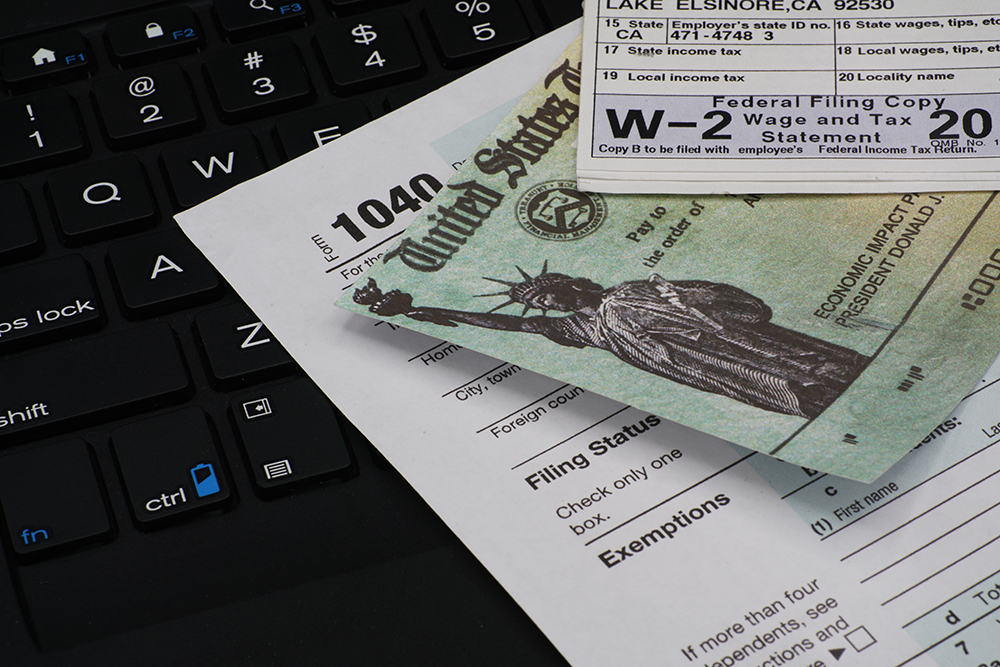By: Editorial Staff, Date: July 25th, 2022
What Is a Voluntary Disclosure Program?
The IRS Voluntary Disclosure Program allows U.S. taxpayers to disclose unreported income and settle their offshore and domestic tax liabilities.
The applicant must willingly cooperate with the IRS in determining the correct tax liabilities and plan payment for penalties owed.
However, disqualification from making a voluntary disclosure is possible due to certain factors like having an illegal source of income.
How Does the New IRS Voluntary Disclosure Program Works?
The IRS Criminal Investigation Unit (CI) evaluates if the disclosures are accurate, timely, and complete.
To get started, applicants must fill out IRS Form 14457 for preclearance and application requests.
Once accepted, the taxpayer should complete Part II of the Voluntary Disclosure Application within 45 days or make a written request for an extension.
Upon approval, CI provides a preliminary acceptance letter and forwards form 14457 to IRS civil section. Then an examiner will contact the taxpayer once the case is assigned.
Failure to comply with voluntary disclosure or clear tax obligations runs the risk of investigation and criminal prosecution.

How to Make a Timely Voluntary Disclosure?
To avoid unnecessary headaches, applicants must practice proactive and timely reporting of previous tax liabilities.
Individuals who want to apply for voluntary disclosure should contact their nearest IRS Criminal Investigation office. Visit www.irs.gov for the contact information.
For an in-depth discussion of the new IRS Voluntary Disclosure Program, including current program options and necessary tools to mitigate penalties, JOIN OUR WEBCAST!
Upcoming Webcasts
Sales Tax Compliance Technology Trends: Keeping up with the Challenges of Sales Tax Reporting
As organizations across industries look for new ways to reach customers, many have turned to easily activated ecommerce channels or have begun to sell through third-party marketplaces.


